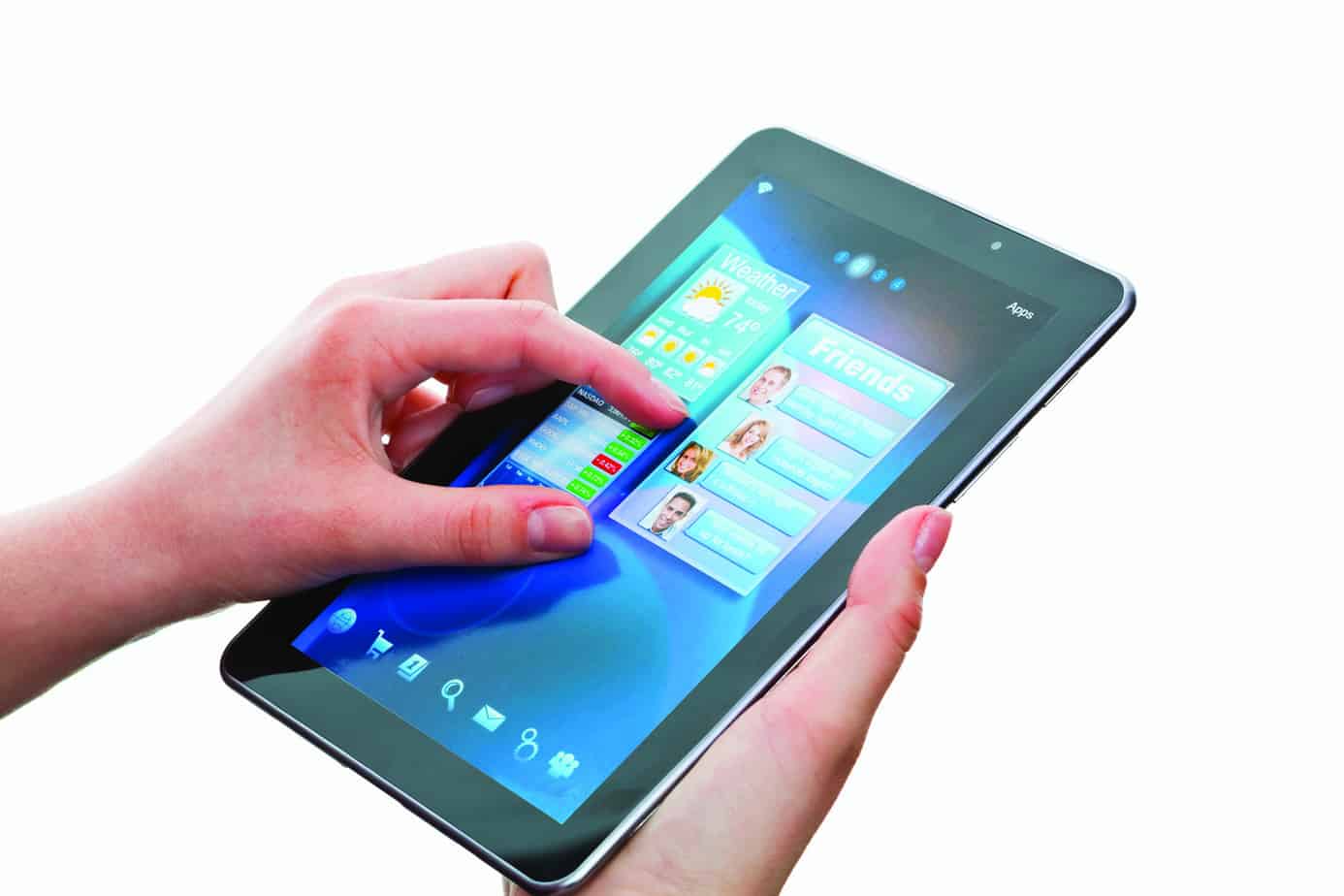
"Employees might notice their employers touting so-called telemedicine — in which health care is delivered remotely via phone, video or other technologies — as they gear up for insurance open enrollment," Lisa Schencker wrote in the Chicago Tribune. "Telemedicine often is offered in addition to or as part of traditional insurance benefits, and some telemedicine companies bypass employers entirely, offering it directly to consumers."
"So far, employees haven't warmed to the idea, either because they don't understand it, don't know it's available or because they're skeptical of getting a doctor's opinion via telephone. Telemedicine accounted for only about 1 million of 1.2 billion outpatient medical visits in 2015, according to brokerage and consultancy Willis Towers Watson."
Approximately "70 percent of large employers offered telemedicine as a benefit in 2016, but only 3 percent of employees at those companies used the services in the year's first half, according to a survey of 133 companies, each with at least 5,000 employees, released by the National Business Group on Health."
The new AudienceSCAN findings are in line with low usage/adoption as well. During the past 30 days, 2.3% of U.S. adults used the internet via browser, tablet, smartphone or other connected device to have a video chat their doctors or other health care professionals (telemedicine).
"But companies looking to lower their health care costs and boost worker productivity increasingly are adding it as a benefit. If it catches on broadly with consumers, telemedicine could change the face of health care, altering the relationship between doctors and patients seeking relief from common maladies."
"Many say telemedicine is a win for companies and employees alike. If a worker gets sick with a minor illness when the doctor's office is closed, or if the employee doesn't have a primary care doctor, telemedicine is an alternative to an urgent care facility or emergency room. That can mean less time away from work, and can sometimes save workers, insurers and their employers, cash."
Medical clinics and in-store clinics can partner with or provide their own telemedicine apps. Even pharmacies can benefit. The new AudienceSCAN survey found 11% of Telemedicine Users visited medical clinics (inside a grocery, drug or warehouse club store) in the past year.
"The typical telemedicine visit costs consumers about $40 to $49, a fee that is sometimes covered by employers, said Dr. Allan Khoury, a senior health management consultant for Willis Towers Watson. In contrast, before insurance, a primary care doctor visit for something that could be addressed by telemedicine can cost about $110, an urgent care visit about $150, and an emergency room visit $865, Khoury said."
Health care providers can promote their telemedicine capabilites exactly where consumers would use them – on smartphones. The new AudienceSCAN survey showed 58% of Telemedicine Users took action after seeing mobile smartphone app ads or text message ads in the past month.
So given the cost and time savings, why aren't more employees dialing in?
"I think the first challenge is employees often don't know about it," said Lisa Mazur, a partner at law firm McDermott Will & Emery in Chicago who advises providers and technology companies on telehealth services. "They need to be educated on its existence."
AudienceSCAN data is available as part of a subscription to AdMall for Agencies, or with the SalesFuel API. Media companies can access AudienceSCAN data through the AudienceSCAN Reports in AdMall.
